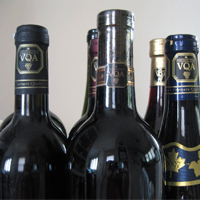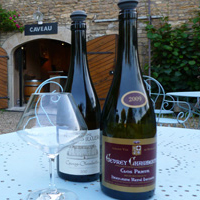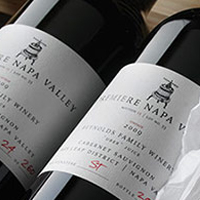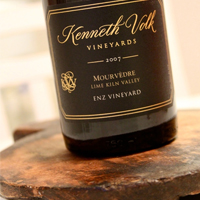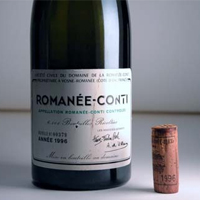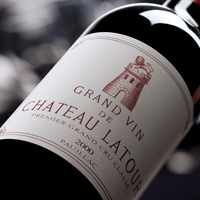Year in year out wines are been produced on a daily basis. You might be wondering why is it that these wines although they are the same, taste differently. Why in the world is that so? What is happening, did the manufacturer slip off or do they get spoilt? Your answer is not far-fetched, read on.
Look for a particular winery and buy two bottles of their wines in the same varietal but from the previous and present year. Put a little of this two wines in separate glass cups and get a note and pen ready to begin the tasting guide.

There is a high chance that vintage wines will always taste different.
Begin with the first, taking notes of the flavor and aroma. Answer these questions;
- Is the wine aromatic?
- What is the depth of the flavor and the intensity of the aroma?
- Can you identify the type of fruit you taste in the wine?
- How long those the finish last?
- What about the tannins; are they high or low?
Do the same with the second wine after cleansing your palate and note your findings like you just did with the first. Compare and contrast your findings with that of the first. Is there any difference in the tastes of both wines?
What you have just done is known as “Vintage Sampling”. It is a process that involves tasting the same wines from different years to note the differences. There is a high chance that vintage wines will always taste different. Here are some of the reasons why they do taste differently:
Differences In Weather Conditions

A good Vigneron will always produce good wines and vice versa.
You would agree that every single growing season is unique with varying amount of rainfall and sunshine. The weather events of every year will definitely have an effect on the wine that eventually makes it to your glass. Sometimes it is not always the case of good or bad weather conditions shaping up the wine it sometimes depends on the skillset of the grape growers.
Grape grower’s ability to adapt to what Mother Nature throws at them can be a defining factor as to how the wine eventually turns out. A good Vigneron will always produce good wines and vice versa.
You should also be aware of the fact that some vintage wines are meant to be drunk almost immediately while others will need some standing in the cellar for the taste to develop.
Little Asians
 The perfect example of the finest things in life. Just like wine, these girls from Asia can be very tasty. Their bodies are fragile, yet their sex-drive is out of this world. Watch them in explicit series that’s debuting in 2019. Little Asians – as simple as it might sound – hide a lot of sexual secrets that you are about to explore in the HD videos available on this website.
The perfect example of the finest things in life. Just like wine, these girls from Asia can be very tasty. Their bodies are fragile, yet their sex-drive is out of this world. Watch them in explicit series that’s debuting in 2019. Little Asians – as simple as it might sound – hide a lot of sexual secrets that you are about to explore in the HD videos available on this website.
The Varietal
The grapes are a major contributing factor to the taste of the wine. Different varietal will produce different taste and flavors. Consider, for example, red wine versus white wine.
They have very distinct taste because different varietal has been used to produce them.
Territory
Territory here refers to the growing conditions of the grapes and covers all aspects of what might affect the healthy growth of the grapes.
Climatic changes, the amount of rainfall, the amount of sunshine and the type of terrain.
Normally if a wine-maker sources his grapes from a particular terrain each year the vintage taste might not be affected that much but if he sources his grapes from different places then there is bound to be slight changes to the taste even if the grapes are of the same varietal.
Sourcing grapes elsewhere are purely a technical decision of the wine-maker.
Variation In Wine-Making Techniques

Sourcing grapes elsewhere are purely a technical decision of the wine-maker.
Different winemaking techniques will produce different tastes of the same wine. A little variation to the norm can cause a sharp contrast in taste. The slightest modification and improvisation can all affect the taste outcome.
Ideally, most wines are made from a blend of different grapes. Take for example a Cabernet Sauvignon purchased at your local store, doesn’t contain 100% Cabernet grapes. A closer look at the label will reveal other grape sources like Syrah and Merlot.
Blending possibilities to produce vintage wines are endless, and usually, a lot rests on the shoulders of winemakers. How good and creative they are will go a long way in determining the type of wine they produce.
On That Note
Winemaking is a complex process that brings out the creative skills of the experts. Their creativity combined with numerous variations in the winemaking process results in a wide range of flavors from the same grape varietal.










